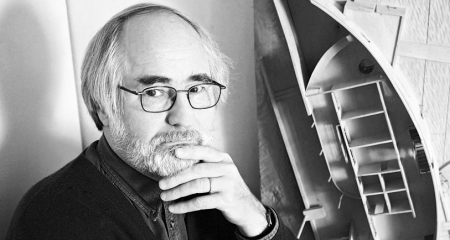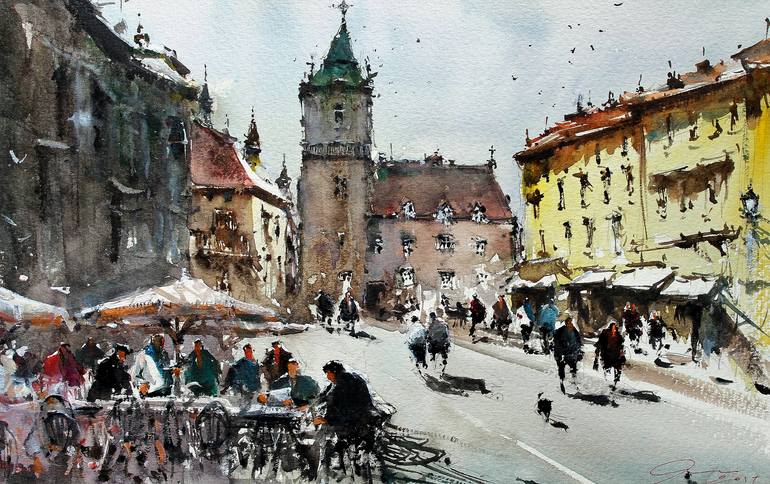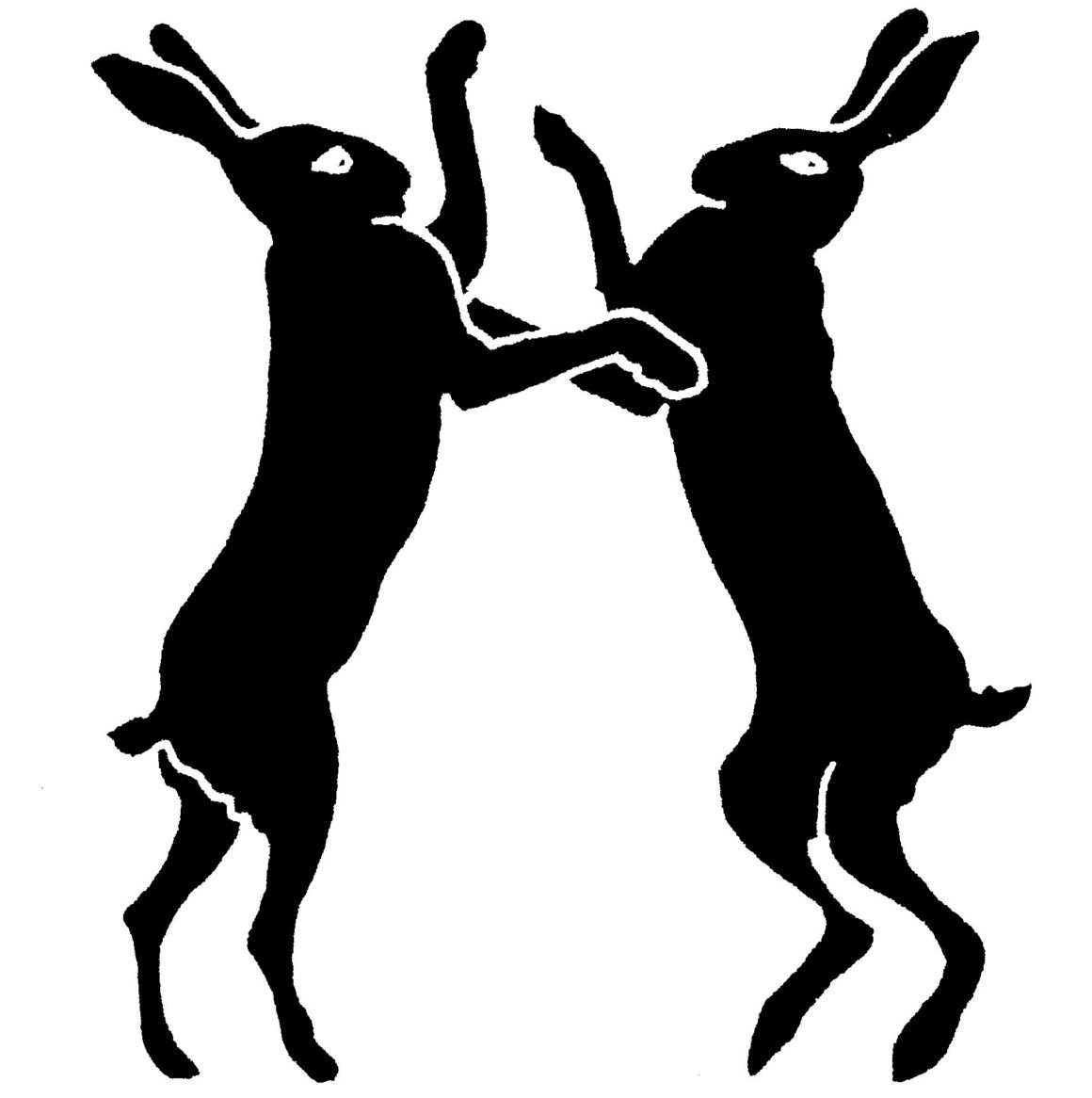The Finnish architect Juhani Pallasmaa has led an exemplary career, completing buildings such as the sober and sensual Finnish Cultural Centre in Paris (1991) and the vast Kamppi bus terminal in Helsinki (2003). A gregarious, generous figure, full of energy at the age of 73, he has influenced generations of architects through his teaching around the world, and helps steer the global perception of the profession through his role as a juror for the Pritzker Prize.
He began his career in a phase of rationalist reaction against Aalto’s perceived romanticism; his early work is replete with references to impersonal, logical systems of composition and organisation. Pallasmaa underwent something of a Damascene conversion in mid-life as his preoccupations migrated towards a more numinous, sensory and human-centred paradigm (one could argue that Le Corbusier underwent a similar transformation between, say, Savoie and Shodhan, between Vers Une Architecture and Le Poeme de l’Angle Droit). Two of Pallasmaa’s theoretical works stand out in this regard, and are of direct relevance for the theme of this issue of Traces.
In 1995 he organised an exhibition in Helsinki on the subject of animal architecture and published a lengthy catalogue which drew deeply on the research work of Nobel laureate Karl von Frisch. In this project Pallasmaa uncovered a world of untold ingenuity and richness. Animals, he reveals, use tools (from crushing stones to tiny picks to the wheel made by the scarab beetle); they produce high-performance materials (paper was created by wasps millions of years ago; spiders’ thread is three times stronger than steel, and light enough to be used as a wind-borne aerial transport for its creator); they create complex habitats which are adapted to site conditions (the wasps’ nest which changes structure from chimney to roof beam to wall; the critical regionalism of a specie of African termite which builds differently from one place to another); and they build differentiated architectonic elements just like us (hinged doors with a Gaudi-esque handle for the trap-door spider (Nemesia Cementalia); separate toilets for the marmot; translucent windows for the tropical true wasp. Perhaps most impressively, animals have created habitats with levels of environmental precision which make us look positively leaden. The termite colony is predicated on a system of passive ventilation tubes which makes the Pompidou Centre look less than primitive; the honey bee can control the temperature of a hive to within two degrees Celsius, using gangs of beating wings as a heat regulator; the ant goes outside in large numbers and stores solar heat in its own body when the hill needs warming up; the wasp brings water into the hive to cool it by evaporation.
This world is presented with little polemic, except a few explicit parallels between human and animal vernacular techniques such as dung and straw combinations. Pallasmaa states laconically that, generally, the ‘higher’ the animal, the clumsier the architecture; he lets us draw our own conclusions about our environmental fall from grace. The Yemeni cities which survive almost without water and outside energy, and ingeniously husband their meagre resources, can be seen as parallels to this world with which we cannot directly communicate. What we appear to have in common with our fellow species is the application of a greater level of ingenuity in proportion to the scarcity of a resource (one could also apply the same formula in reverse to current developments in places such as Dubai). What we apparently do not share, though, is our consciousness, which tends to take our built environment beyond this ecological functionalism. Pallasmaa quotes his friend Sverre Fehn in this regard: ‘The bird’s nest is absolute functionalism because the bird does not know it will die.’
Pallasmaa’s 2005 book The Eyes of The Skin is, for me, one of the intellectual milestones of our age; it is a short, modest book, which is slipping like a depth charge through contemporary architectural discourse. I am constantly meeting people for whom it crystallises a vague sense of dread they had not been able to articulate, which it then transforms into something positive, purposeful and useful. The book is an attempt to restate the richness and beauty of human perception of the world, and contemporary architecture’s signal failure to satisfy this basic human character. It can be read –in a way- as an upgrade of the discourse of Animal Architecture to our ‘higher species,’ and it situates the vernacular as a central, positive, paradigm.
The book begins with a ferocious attack on the hegemony of the eye in contemporary society, and a plea for a more holistic, integrated approach to human perception. ‘The inhumanity of contemporary architecture and cities,’ he writes, ‘can be understood as the consequence of the negligence of the body and the senses, and an imbalance in the sensory system…this sense of estrangement and detachment is often evoked by the technologically most advanced settings, such as hospitals and airports…modernist design at large has housed the intellect and the eye, but it has left the body and the other senses, as well as our memories, imagination and dreams, homeless.’
Vernacular architecture, by contrast, is described as representing a ‘total fusion’ of the senses: it is ‘guided by the body in the same way that a bird shapes its nest by movements of its body. Indigenous clay and mud architectures…seem to be born of the muscular and haptic senses more than the eye.’ In other words, unschooled human intuition, unencumbered by the thoughts of Peter Eisenman, tends to produce environments which are inherently ecological and spiritually profound. This is not, however, an argument for an anti-intellectual, ‘natural’ architecture. Pallasmaa takes pains to show how the question of atmosphere (the subject of a recent book by Peter Zumthor) is a common denominator between, say traditional Finnish farmhouse space, Aalto’s Villa Mairea, the Pantheon and the baths at Vals. We are challenged to open our eyes, our ears (and our pores) to the dangers of a reductive, sterile minimalism or an exhibitionistic retinal architecture, and instead keep focussed on the marvels which already surround us.





